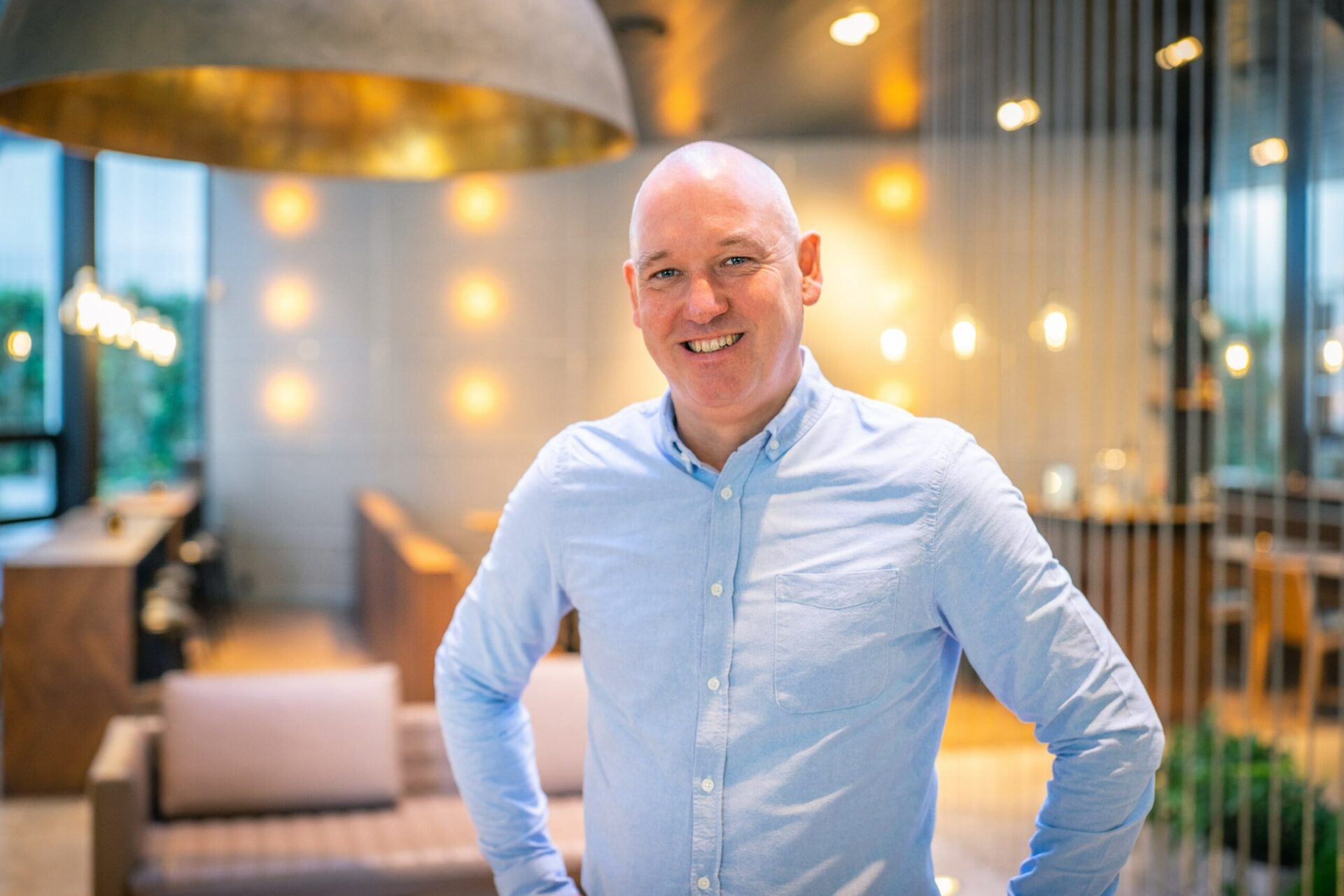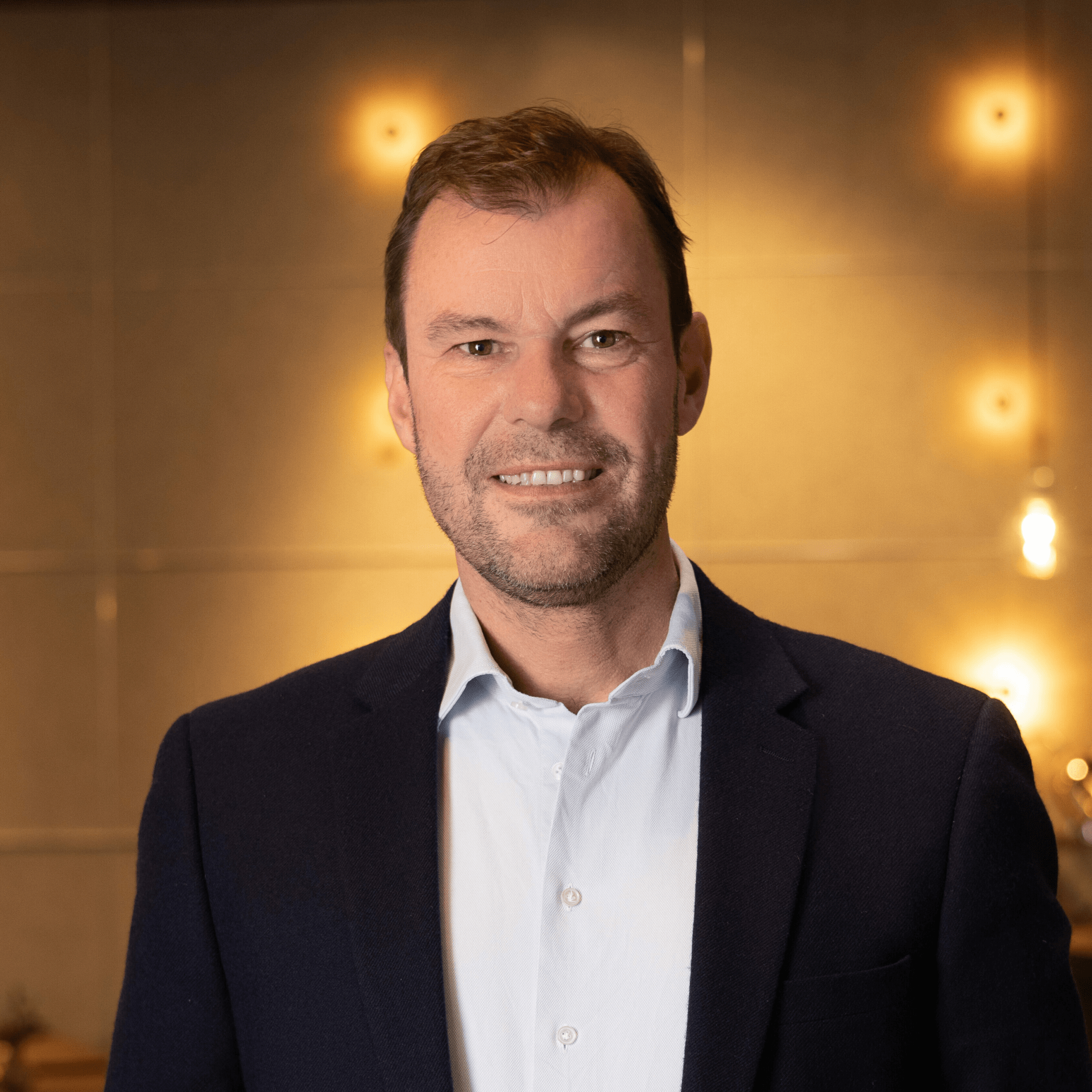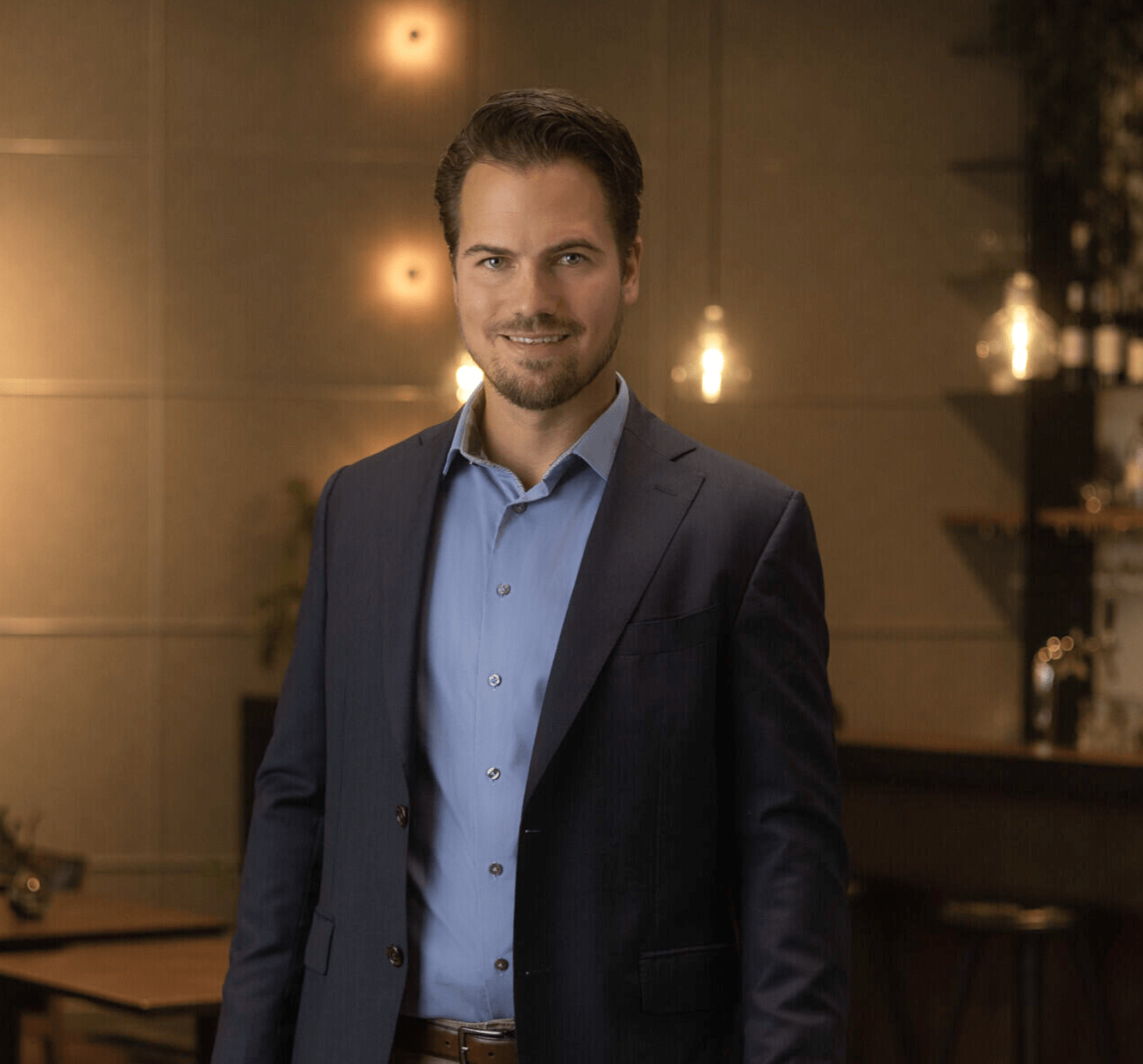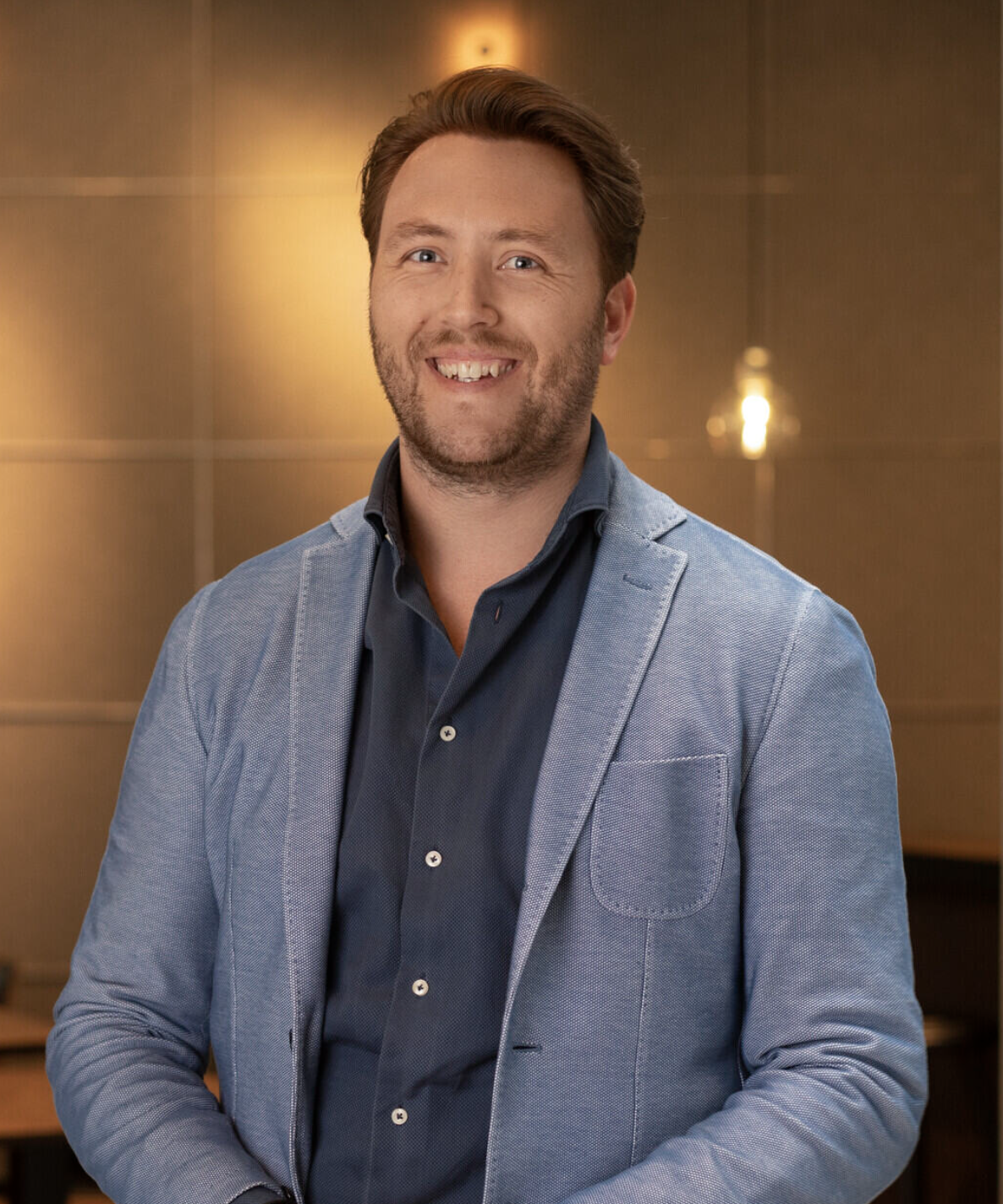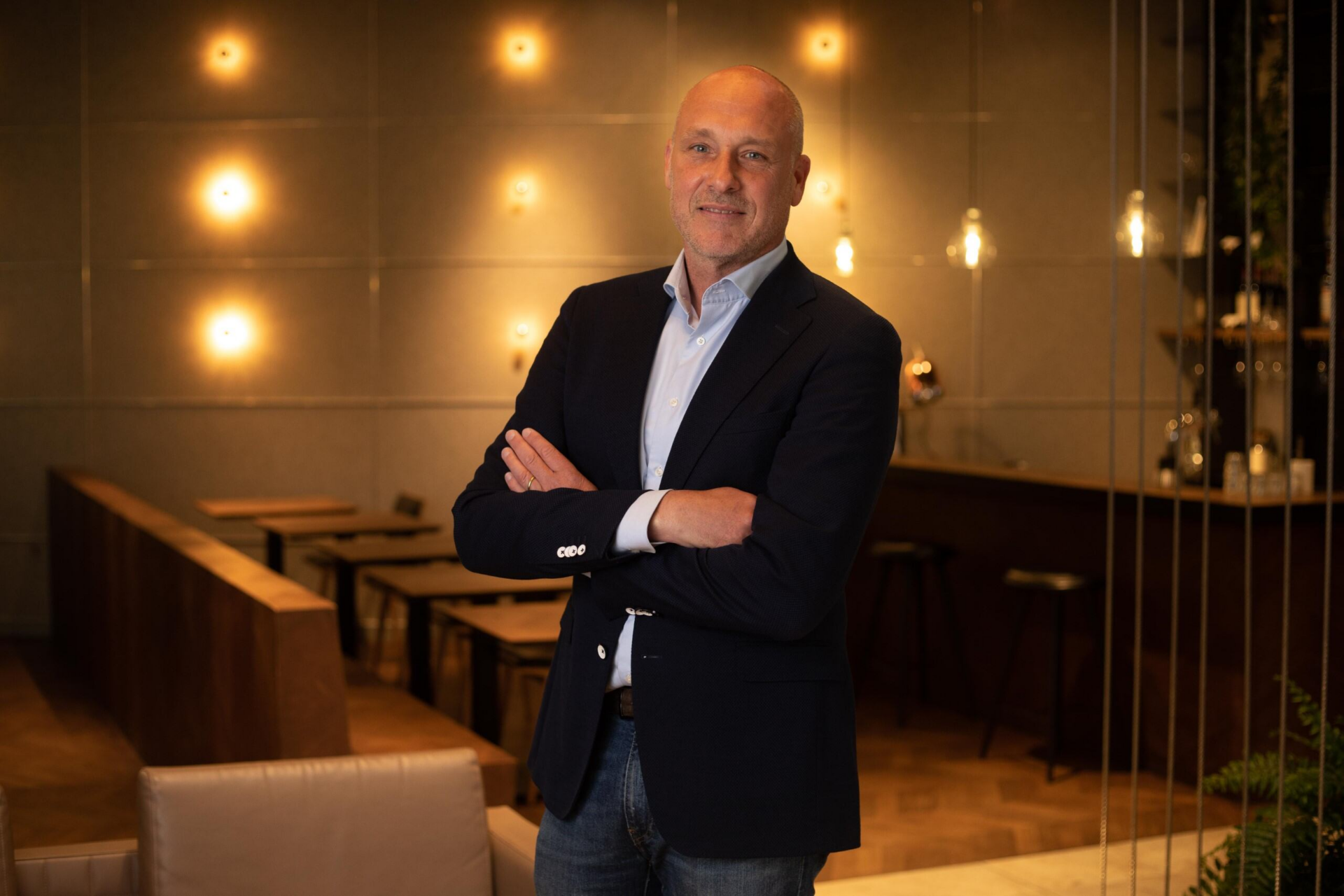Your partner in software, product development, and digital strategy
Easy to get in touch work with get started
The most customer-friendly IT service partner
We are different.
Levi9’s culture and practices make us stand out as the easiest to work with partner for developing software solutions, creating digital products, and improving digital strategy.
People and teams
that help you create
From AI to cloud services, from design to operations, Levi9 helps you maximize the impact of technology. We are experts passionate about technology and its applications.
Our tech stack
.Net
Aws
Azure
Google Cloud
Java
JavaScript
Python
TypeScript
Php
Swift
Kotlin
Scala
C++
Golang
React
Vue.js
Node.js
MongoDB
Our customers
Tim Verstegen
Delivery Manager
“Levi9 shows true partnership and their ambitions that they share with us. And how they try to outperform them.”
Ted van Dongen
Chief Technology Officer
“The people at Levi9 are extremely knowledgeable, but also very dedicated. They make your business their business”
Martijn Hohmann
CEO five°degrees
“There’s so much mutual trust between us that we don’t even think of them as a vendor anymore.”
Ritsaart van Montfrans
CEO, Incision
“We teamed up with Levi9 because it meant we could go from the research phase to a professional environment really well.”
*Video shows AI PoC Reflect
Thomas Fuss
Chief Technology Officer
“Our people experience the team in Kyiv not as an external team, but as part of our own development teams.”

